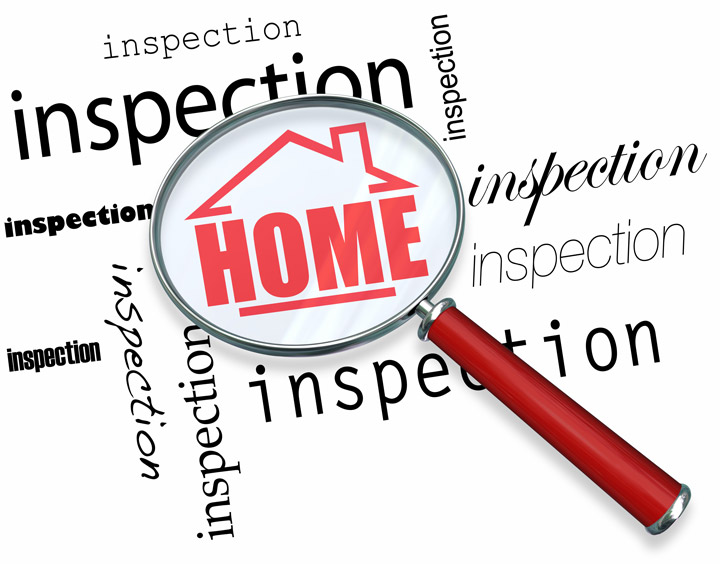
What Are the Components of an Appraisal?Purchasing real estate is the largest investment many of us could ever encounter. Whether it's a primary residence, a seasonal vacation home or an investment, purchasing real property is a detailed financial transaction that requires multiple parties to see it through. It's likely you are familiar with the parties having a role in the transaction. The most recognizable face in the transaction is the real estate agent. Then, the lender provides the money required to fund the deal. And the title company makes sure that all requirements of the sale are completed and that the title is clear to transfer to the buyer from the seller. So, what party is responsible for making sure the property is worth the purchase price? This is where the appraiser comes in. We provide an unbiased opinion of what a buyer could expect to pay — or a seller receive — for a parcel of real estate, where both buyer and seller are informed parties. A licensed, certified, professional appraiser from Susan Fretz Appraisals will ensure, you as an interested party, are informed. Inspecting the subject propertyOur first task at Susan Fretz Appraisals is to inspect the property to ascertain its true status. We must physically see features, such as the number of bedrooms and bathrooms, the location, amenities, etc., to ensure they really exist and are in the shape a typical person would expect them to be. The inspection often includes a sketch of the floorplan, ensuring the square footage is correct and conveying the layout of the property. Most importantly, we identify any obvious features - or defects - that would affect the value of the property. Once the site has been inspected, we use two or three approaches to determining the value of the property: paired sales analysis and, in the case of a rental property, an income approach. 
Cost ApproachThis is where the appraiser pulls information on local building costs, the cost of labor and other factors to ascertain how much it would cost to build a property comparable to the one being appraised. This figure commonly sets the maximum on what a property would sell for. The cost approach is also the least used predictor of value. 
Paired Sales AnalysisAppraisers can tell you a lot about the neighborhoods in which they appraise. They innately understand the value of particular features to the residents of that area. Then, the appraiser looks up recent transactions in the neighborhood and finds properties which are 'comparable' to the property in question. By assigning a dollar value to certain items such as upgraded appliances, additional bathrooms, additional living area, quality of construction, lot size, we add or subtract from each comparable's sales price so that they are more accurately in line with the features of subject property.
An opinion of what the subject might sell for can only be determined once all differences between the comps and the subject have been evaluated. When it comes to knowing the true worth of features of homes in Amherst and Erie, Susan Fretz Appraisals can't be beat. The sales comparison approach to value is typically given the most importance when an appraisal is for a real estate sale. Valuation Using the Income ApproachIn the case of income producing properties - rental houses for example - the appraiser may use an additional way of valuing a house. In this scenario, the amount of income the property produces is factored in with other rents in the area for comparable properties to determine the current value. Coming Up With The Final ValueCombining information from all applicable approaches, the appraiser is then ready to state an estimated market value for the property at hand. The estimate of value at the bottom of the appraisal report is not necessarily what's being paid for the property even though it is likely the best indication of a property's valueIt's not uncommon for prices to be driven up or down by extenuating circumstances like the motivation or urgency of a seller or 'bidding wars'. But the appraised value is often used as a guideline for lenders who don't want to loan a buyer more money than they could recover in case they had to sell the property again. It all comes down to this, an appraiser from Susan Fretz Appraisals will guarantee you discover the most fair and balanced property value, so you can make wise real estate decisions. |